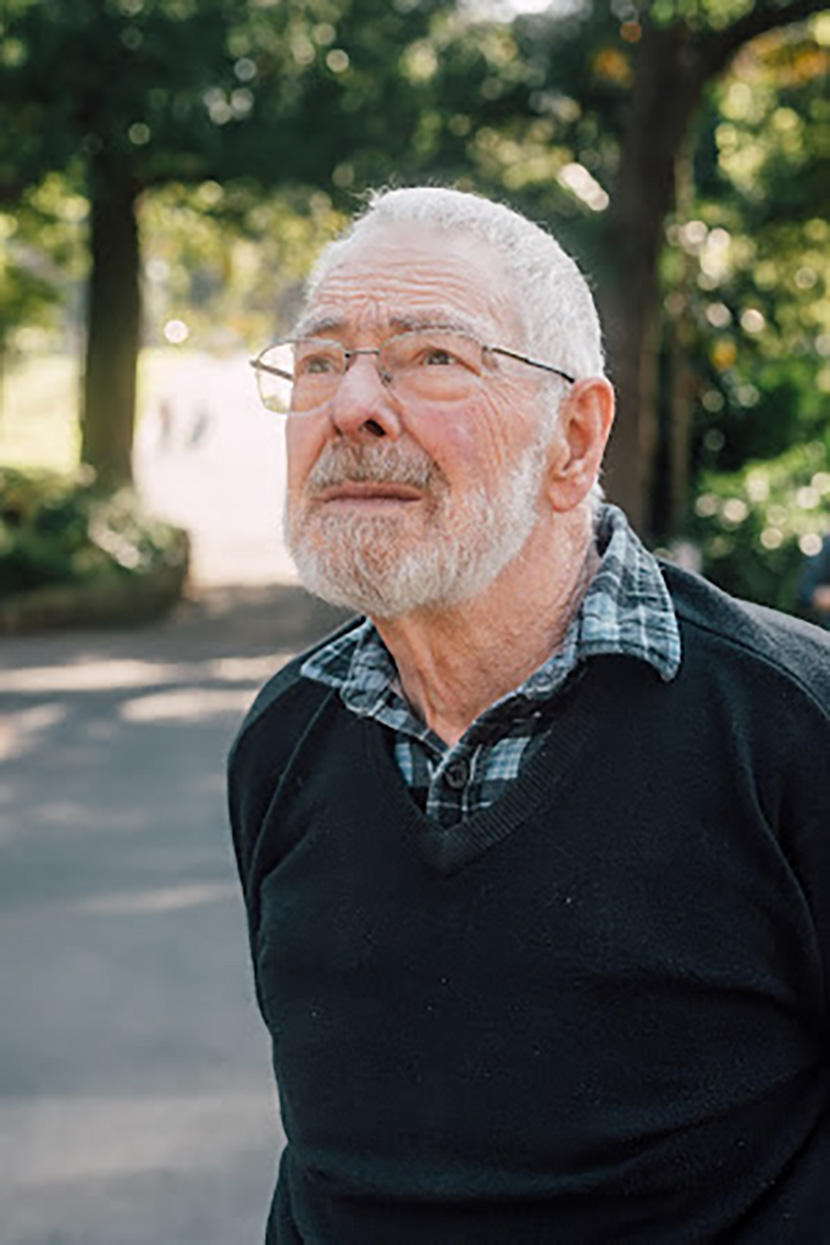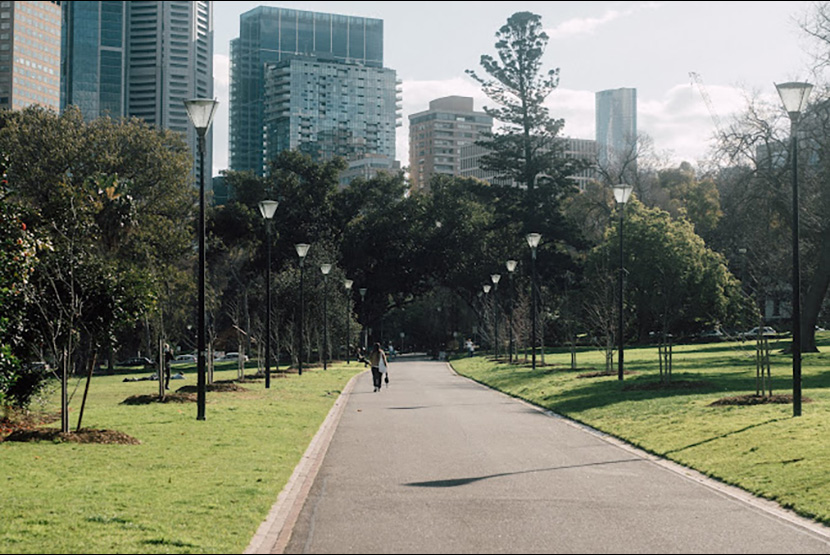Lighting upgrades take shape at Fitzroy Gardens, but experts say it may not improve safety
The City of Melbourne has begun replacing lighting within the Fitzroy Gardens in East Melbourne as worried residents hope to increase safety at night.
The community has recently voiced worry about a lack of lighting or poor maintenance at the Fitzroy Gardens – with the issue being raised at a council meeting on August 16, during which a resident said it was a “real safety concern”.
“The park is not well lit and not a safe environment for people to walk at night, especially women and healthcare professionals walking from work to the carparks,” resident Tracey McDonald said during the meeting’s public question time.
“Some of the parts are well lit, but the major thoroughfare is very poorly lit.”
In response, Lord Mayor Sally Capp said she would walk through the park to “see for herself” and the council would follow up the matter.
When Inner City News enquired about lighting at the Fitzroy Gardens, the council said it was replacing the lighting along Hotham Walk in Fitzroy Gardens with new LED lighting.
“Earlier this month, council installed temporary lighting in the area following the decommissioning of CitiPower’s existing infrastructure,” it said in a statement, adding the lighting upgrade work was expected to be completed in late 2022.
But some experts have warned that added lighting at the park and public spaces in general may provide a false sense of security.
“Despite common beliefs, there is overwhelming evidence that street lighting has no effects either way on crime or road accidents,” Dr Barry Clark, whose background is in engineering, physics, applied optics and vision research, and who is a member of the Victorian chapter of the International Dark-Sky Association, said.
“Increasing lighting at night can reduce the fear of crime and give a false sense of security.
“Stalkers can take advantage of tree trunks and deep shadows to select their victims, check for the absence of others and then make their attack. Crime is a social problem, not a lighting problem.”
This view was shared by Monash University Associate Professor Sean Cain of the School of Psychological Sciences. He said as part of his research into the psychology and the effects of light was that lighting “immediately reduces” the activation of the area in the brain involved in producing feelings of fear.
“To say that lighting up the park and that people are going to be able to walk though that safely, that’s probably not the case,” he said.
“People have this assumption that it’s safer because it makes us feel safer, and that’s just the effect of light on our brain.”
“The balance of the evidence is: don’t light up places because the reason for doing it – reduce crime, increase safety is actually not a solid truth, in fact it might be more wrong than right.”
According to their research, “smart lighting” or best practice had found
that lighting should be minimal, low, and focused on pathways to also avoid impacts on the health of people, and the ecology.
City of Melbourne resident B. McNicholas and convenor of Planet Ark National Tree Day, Nature Care, Heritage and Lighting Expert Panels and events, said she agreed with Dr Clark and Assoc Prof Cain, saying, “Indeed you are less safe with more lighting as you are deceived emotionally, personally, in thinking you are safe, when you are not”.
The East Melbourne Group said the issue of safety in parks was raised during a safety summit hosted by the City of Melbourne in August, with the suggestion that lighting “will provide a safer environment”.
Lighting upgrades and CCTV were some of the considerations along with greater police patrols were discussed at the meeting.
Caption: City of Melbourne resident B. McNicholas with Dr Barry Clark, a member of the Victorian Chapter of the International Dark-Sky Association, at Fitzroy Gardens.

Bottega Tasca: Carlton’s go-to fine wine boutique






 Download the Latest Edition
Download the Latest Edition